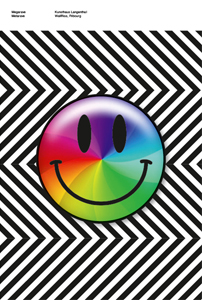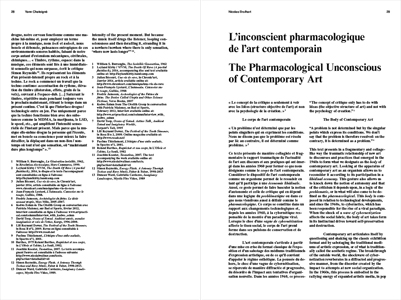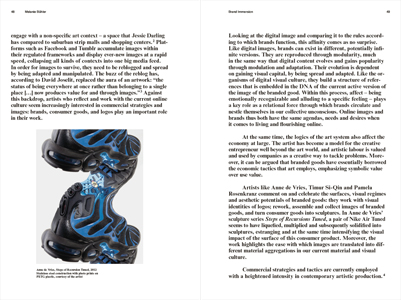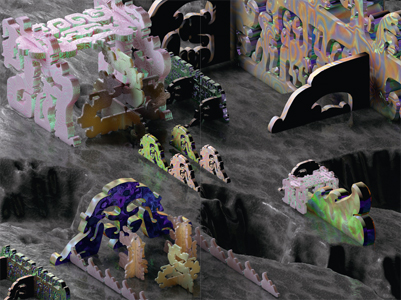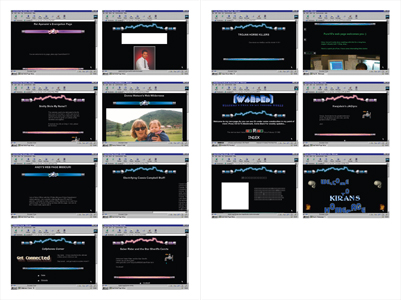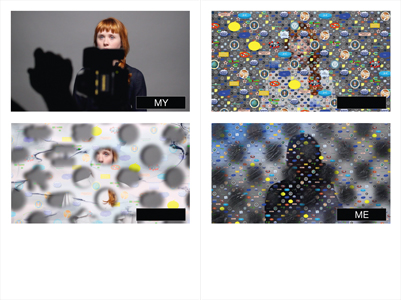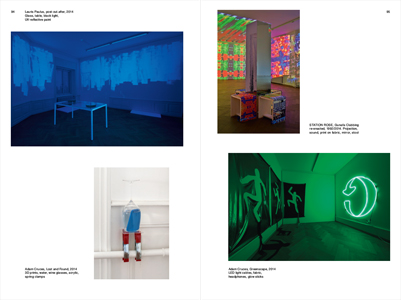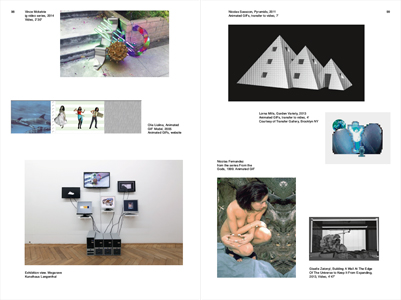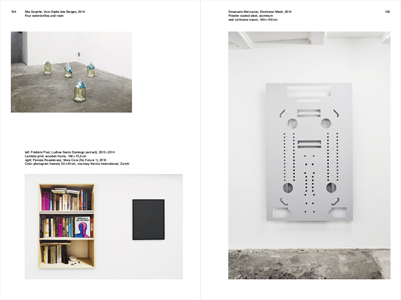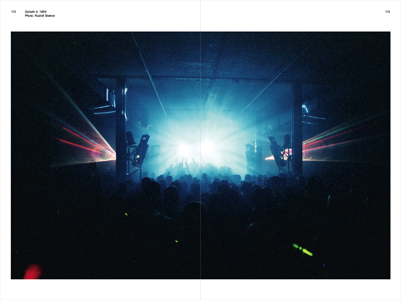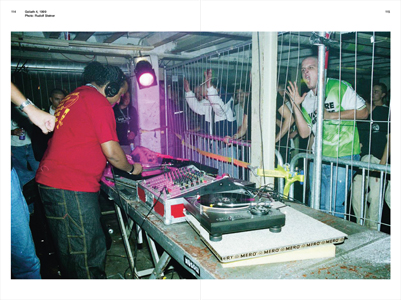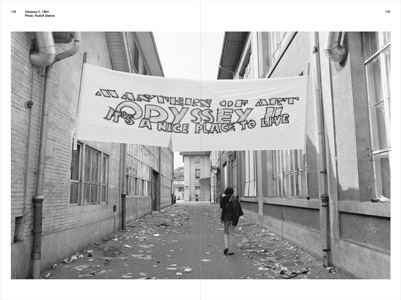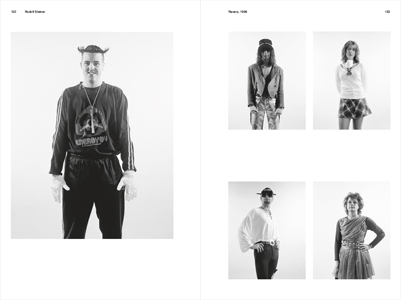“Megarave Metarave” considers the historical traces of the futuristic promises of rave culture and the early web.
1994 marked the beginning of the great era of the techno mega-raves which brought tens of thousands of people from all over Switzerland and beyond to the Gugelmann site in Roggwil near Langenthal. 1994 was also the year in which Netscape launched Navigator, the browser which popularised the World Wide Web. It was one of those moments in which a certain constellation of subcultural social and technological developments becomes the stuff of mainstream culture and a mass media phenomenon. Twenty years on, it is this moment which provides us with the occasion for Megarave-Metarave, a project which follows a number of the threads which link the present to the early web and the rave culture of the 1990s. This is not a matter of retro style or revival: what is central is precisely something that breaks through the logic of linear time—the idea, often associated with technological innovation, that something of the future is already here and now. This publication appears as part of a collaboration between the Kunsthaus Langenthal and WallRiss. It accompanies and complements the exhibitions and programme of events held in the two institutions in the autumn of 2014.
The book includes artists' pages by
MSHR, Kari Altmann,
Metahaven and
Olia Lialina/Dragan Espenschied commissioned for the occasion, as well as installation views of the exhibitions at Kunsthaus Langenthal and WallRiss. Writer and philosopher Sadie Plant, co-founder of the Cybernetic Culture Research Unit (with Nick Land, 1995) writes about rave and Cybernetics and rave as a configuration of technologies, social formations, drugs, and media which explored the boundaries of the human, as well as those of music. Curator and critic
Yann Chateigné Tytelman (
CAPC Bordeaux, HEAD Geneva) writes about rave as a moment in which everything was possible through the coming together of a loose collective body under the cover of darkness, an engagement with digital technology as a means of emancipation, and a sense of continuity with earlier psychedelic cultures. Philosopher and curator Nicolas Brulhart's essay takes us further back in time in order to examine the “traumatic relationship” between contemporary art and the discourse and practices in art and Cybernetics of the 1960s. Writer and curator Domenico Quaranta (Link Center for Arts of the Information Age) considers the transformation of the net and net-related art in the last 20 years. The latter, once discussed only in specialised media art circles, is increasingly finding a place in the art world and art market with a new generation of artists. Curator and writer Melanie Bühler (Lunch Bytes) discusses a new generation of artists working with the net and their strategies of immersion in a networked, digital world dominated by commercial social media platforms. In an interview with curator Raffael Dörig, Mirosch Gerber talks about raves as happiness machines and the history of the mega-raves in Roggwil that he organised. Visual representations of rave culture in the book include photos as well as flyers from the Roggwil raves, including early works by seminal Swiss graphic designers Büro Destruct.
Visual contributions by Kari Altmann,
Olia Lialina / Dragan Espenschied,
Metahaven &
MSHR.
Published on the occasion of the eponymous exhibitions at Kunsthaus Langenthal and Wallriss, Friburg, in 2014.



